当前位置:
X-MOL 学术
›
J. Alloys Compd.
›
论文详情
Our official English website, www.x-mol.net, welcomes your feedback! (Note: you will need to create a separate account there.)
Experimental and Theoretical investigation of Silicon-based carbon composite electrode for high performance Li-ion capacitors
Journal of Alloys and Compounds ( IF 5.8 ) Pub Date : 2024-07-22 , DOI: 10.1016/j.jallcom.2024.175665 A.C. Lokhande , A.B. Kanagaraj , Praveen B. Managutti , T. Kaewmaraya , T. Hussain , D. Choi
Journal of Alloys and Compounds ( IF 5.8 ) Pub Date : 2024-07-22 , DOI: 10.1016/j.jallcom.2024.175665 A.C. Lokhande , A.B. Kanagaraj , Praveen B. Managutti , T. Kaewmaraya , T. Hussain , D. Choi
Lithium-ion capacitors (LICs) have garnered significant attention in recent years due to their ability to overcome the shortcomings of lithium-ion batteries (LIBs) and supercapacitors (SCs). Silicon (Si) stands out as a superior anode material for LICs due to its compelling attributes, including a high theoretical specific capacity (4200mAh/g) and a low de-lithiation potential. Nevertheless, the inherent challenges of Si, such as low electrical conductivity and significant volume expansion (300%), contribute to low electrochemical performance. To address this issue, a conductive carbon layer is introduced on Si using a simple and scalable approach. The resulting architecture, known as carbon-encapsulated Si (Si/C), not only improves electrical properties by enhancing Li diffusion but also mitigates volume expansion, leading to enhanced capacity and cyclic stability. Theoretical findings based on density functional theory (DFT) support these enhancements, confirming improved interactive properties at an atomic scale, including low binding energy and accelerated charge transfer kinetics (higher valence charge transfer) between the Si/C electrode and Li ions. As a result, the ‘binder-free’ and flexible Si/C electrode exhibits a notable initial discharge capacity (3450mAh/g at 0.05C) with improved rate capability (3010mAh/g at 0.1C). When employed as an anode in LICs, the Si/C electrode exhibits outstanding performance, boasting a large energy density (222.29Wh/kg), high power density (25kW/kg), and superior cyclic stability (81.3% over 10,000 cycles). These findings highlight the potential of the Si/C electrode as a formidable candidate for advanced energy storage applications.
中文翻译:

高性能锂离子电容器硅基碳复合电极的实验与理论研究
近年来,锂离子电容器(LIC)由于能够克服锂离子电池(LIB)和超级电容器(SC)的缺点而受到广泛关注。硅 (Si) 因其引人注目的属性而成为 LIC 的优质负极材料,包括高理论比容量 (4200mAh/g) 和低脱锂电位。然而,Si 的固有挑战,例如低电导率和显着的体积膨胀 (300%),导致电化学性能较低。为了解决这个问题,使用一种简单且可扩展的方法在硅上引入导电碳层。由此产生的结构被称为碳封装硅(Si/C),不仅通过增强锂扩散来提高电性能,而且还可以减轻体积膨胀,从而提高容量和循环稳定性。基于密度泛函理论 (DFT) 的理论发现支持了这些增强功能,证实了原子尺度上相互作用特性的改进,包括低结合能和 Si/C 电极与锂离子之间的加速电荷转移动力学(高价电荷转移)。因此,“无粘合剂”柔性 Si/C 电极表现出显着的初始放电容量(0.05C 时为 3450mAh/g)以及改进的倍率性能(0.1C 时为 3010mAh/g)。当用作LICs阳极时,Si/C电极表现出优异的性能,具有高能量密度(222.29Wh/kg)、高功率密度(25kW/kg)和优异的循环稳定性(10,000次循环后81.3%)。这些发现凸显了 Si/C 电极作为先进储能应用的强大候选者的潜力。
更新日期:2024-07-22
中文翻译:

高性能锂离子电容器硅基碳复合电极的实验与理论研究
近年来,锂离子电容器(LIC)由于能够克服锂离子电池(LIB)和超级电容器(SC)的缺点而受到广泛关注。硅 (Si) 因其引人注目的属性而成为 LIC 的优质负极材料,包括高理论比容量 (4200mAh/g) 和低脱锂电位。然而,Si 的固有挑战,例如低电导率和显着的体积膨胀 (300%),导致电化学性能较低。为了解决这个问题,使用一种简单且可扩展的方法在硅上引入导电碳层。由此产生的结构被称为碳封装硅(Si/C),不仅通过增强锂扩散来提高电性能,而且还可以减轻体积膨胀,从而提高容量和循环稳定性。基于密度泛函理论 (DFT) 的理论发现支持了这些增强功能,证实了原子尺度上相互作用特性的改进,包括低结合能和 Si/C 电极与锂离子之间的加速电荷转移动力学(高价电荷转移)。因此,“无粘合剂”柔性 Si/C 电极表现出显着的初始放电容量(0.05C 时为 3450mAh/g)以及改进的倍率性能(0.1C 时为 3010mAh/g)。当用作LICs阳极时,Si/C电极表现出优异的性能,具有高能量密度(222.29Wh/kg)、高功率密度(25kW/kg)和优异的循环稳定性(10,000次循环后81.3%)。这些发现凸显了 Si/C 电极作为先进储能应用的强大候选者的潜力。


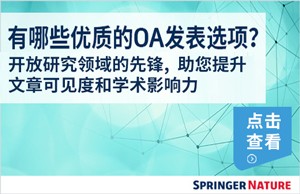


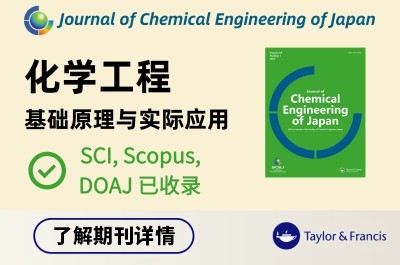



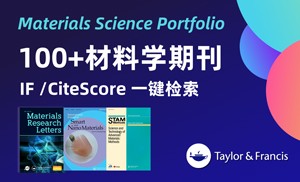
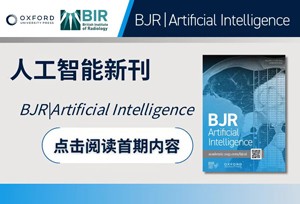
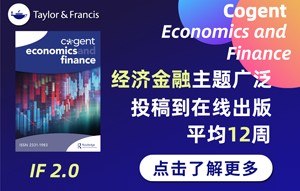
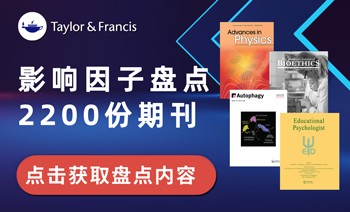

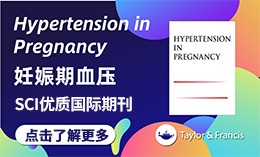
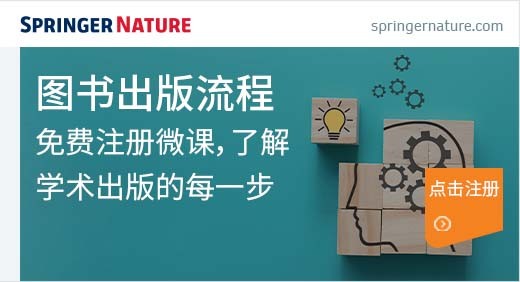



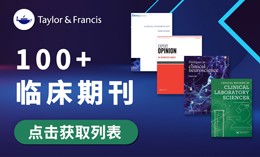
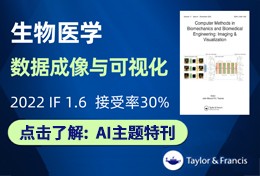

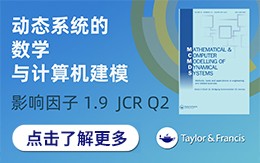
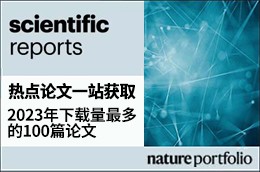
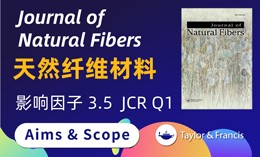
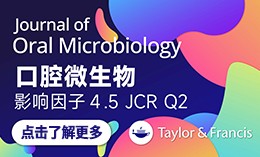
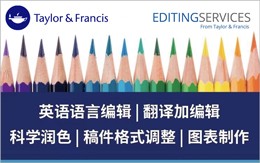



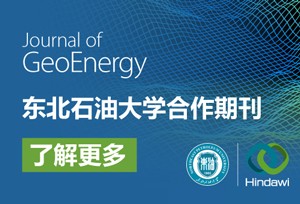
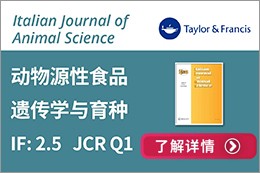



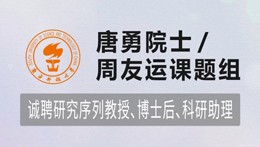

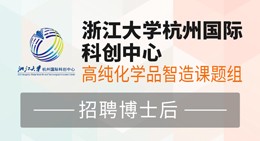


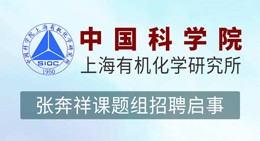
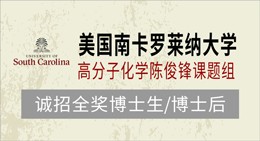




 京公网安备 11010802027423号
京公网安备 11010802027423号